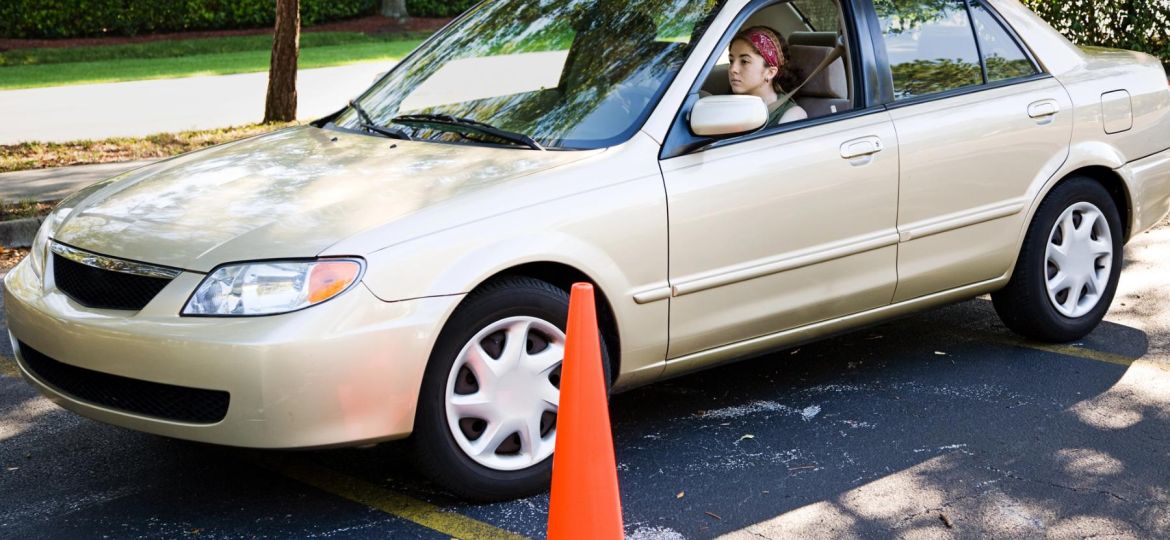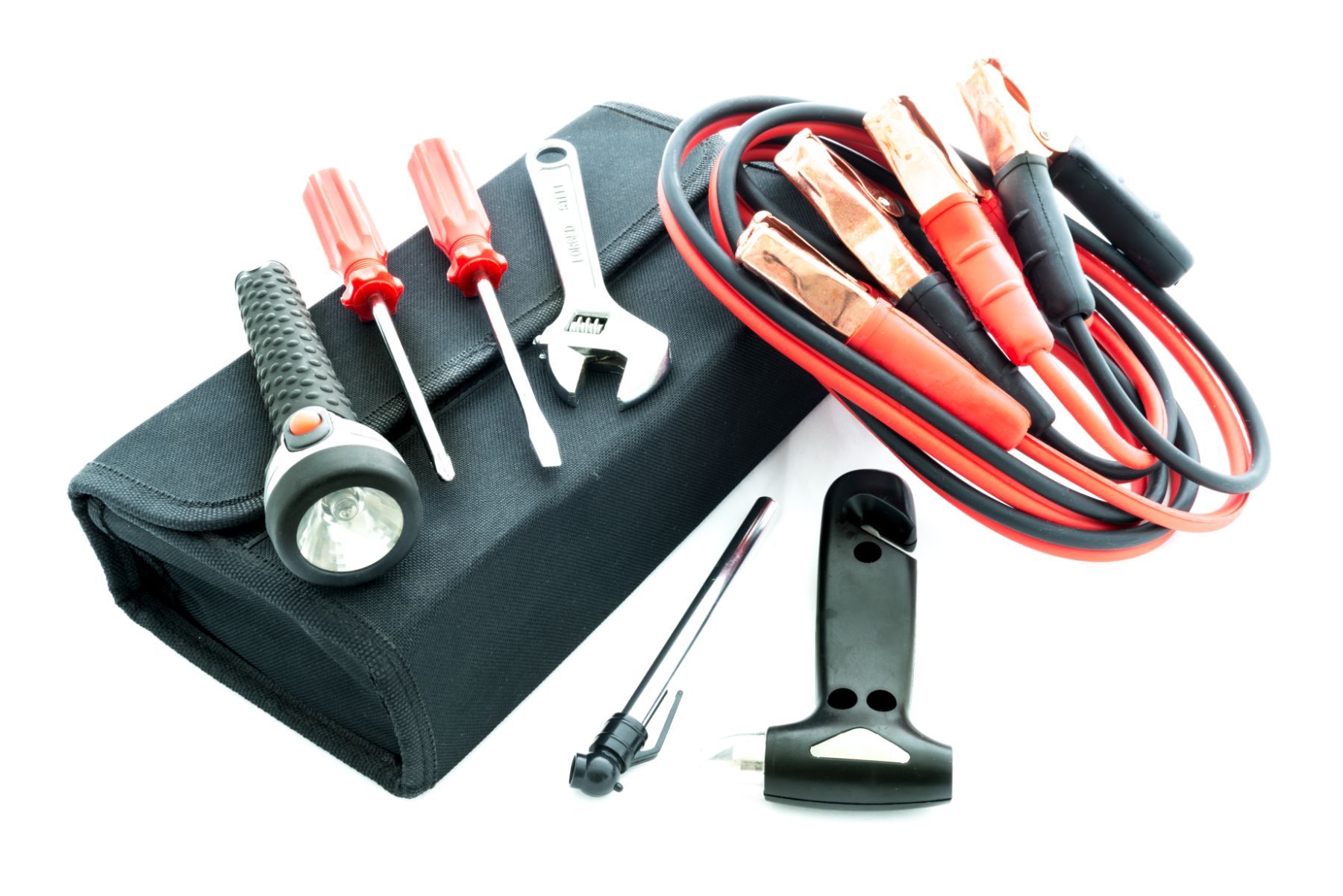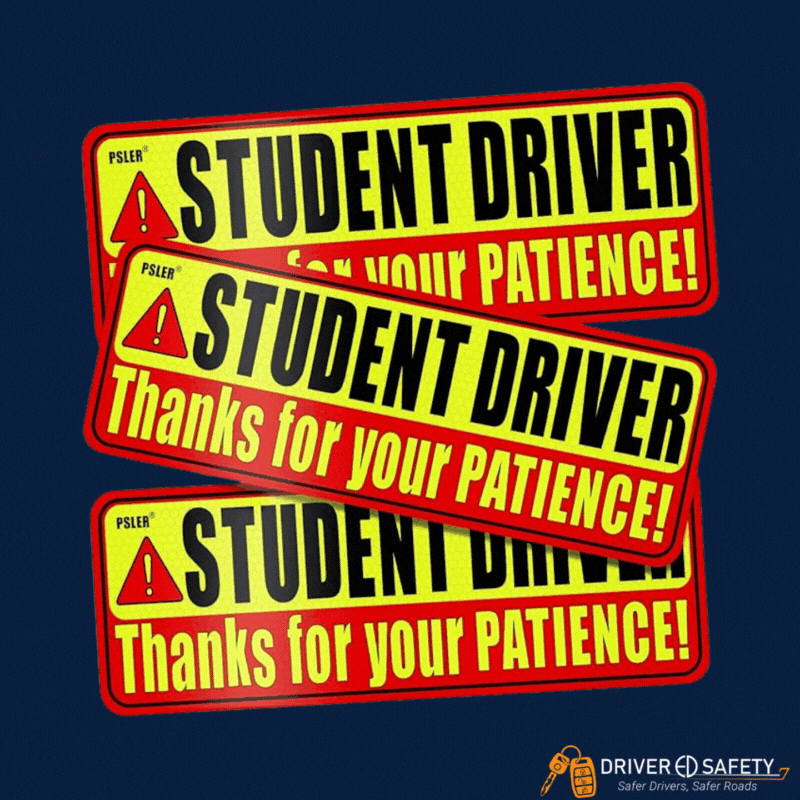
Parallel parking is one of those driving skills that feels intimidating until it isn’t. Once you get comfortable with it, you’ll find yourself handling tight city spots, school zones, and busy streets with a lot more confidence. Being good at parallel parking means less stress when parking in urban areas or crowded neighborhoods. It demonstrates that you can control your vehicle in tight spaces, a skill that will come in handy later.
How to Practice Parallel Parking Safely
Begin in a calm, low-pressure area, such as an empty parking lot or side street. Use cones or markers to represent other vehicles so you don’t feel rushed. Practice slowly, watching your mirrors, looking over your shoulder, and paying attention to how your vehicle moves.
Once you try parking on streets near homes or businesses, be extra careful not to block driveways, mailboxes, or fire hydrants. It’s important to always check street signage before deciding where to park so you don’t end up with a parking ticket or worse… a towed car.
Parallel parking can sometimes involve other drivers waiting behind you. Stay calm, don’t panic, and take your time. If someone is waiting, don’t feel pressured to hurry. Mistakes usually happen under stress. Check out our practical advice when dealing with drivers behind you.
When to Abort the Manuever
If at any point you feel off angle, too close to another vehicle, or stuck in a tight space, don’t be afraid to reset. Use your turning signal to exit the parking spot, pull forward, straighten up, and try again. It’s better to start over than damage your vehicle or someone else’s.
Remember that practice builds confident drivers, not luck! Everyone has been a beginner driver at some point.
Tips to Boost Confidence While Parking
- Practice often, in different environments and with different vehicles, if possible
- Adjust your mirrors to your liking before you begin parking
- Move slowly and steer smoothly
- Keep both hands on the wheel to stay in control
- Ask a friend or instructor to watch and give feedback
How to Parallel Park Step-by-Step
These steps are just suggestions to help guide you. Adjust as needed depending on your vehicle and environment.
- Find a parking spot that’s at least one and a half times the length of your vehicle
- Pull up beside the vehicle in front of the spot you want, leaving about two feet between your vehicle and the already parked vehicle
- Check your mirrors and look over your shoulder for oncoming traffic, then reverse slowly once your lane is clear
- When your back tires align with the other vehicle’s bumper, turn your steering wheel toward the curb
- When your vehicle forms about a 45-degree angle, straighten your wheels
- Continue reversing until your front bumper clears the vehicle ahead, then turn your wheel away from the curb and pull in straight
- Adjust forward or backward as needed to center your vehicle in the space
- As a general rule of thumb, your vehicle should be parked closer than 12 inches parallel to the curb, ideally 6 to 8 inches
Watch this video to see the above steps in action to practice parallel parking
Learn How to Drive Safer with DriverEd Safety
Parallel parking doesn’t have to be a struggle. With steady practice, patience, and the right mindset, you’ll handle tight spots without breaking a sweat. If you’re ready to take your driving skills and confidence to the next level, DriverEd Safety is here for you. Our BMV-approved program includes both a comprehensive online course and behind-the-wheel training, so you can gain hands-on experience under expert instruction.



















